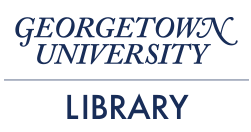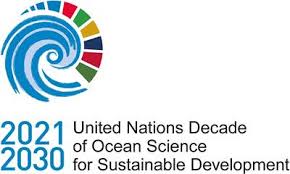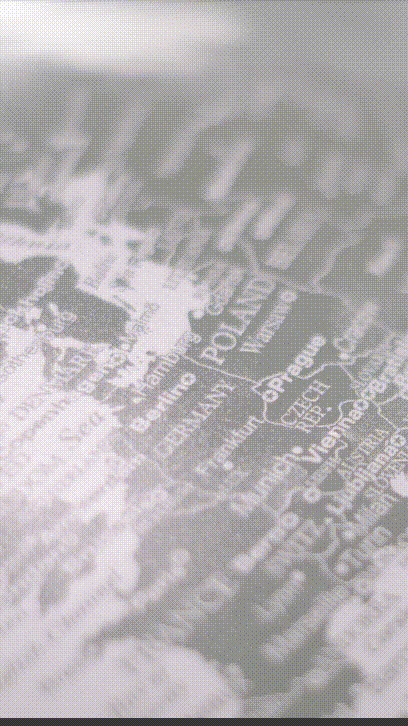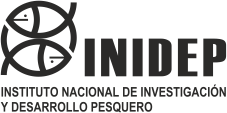Variation in environmental characteristics of waters among oyster and mussel culture areas in Pilar Bay, Capiz
DOI:
https://doi.org/10.47193/mafis.3832025010705Keywords:
Physicochemical parameters, site suitability, water quality, coastal ecosystemAbstract
This study assessed the ongoing environmental suitability and zonation of oyster (Crassostrea iredalei) and mussel (Perna viridis) culture areas within Pilar Bay, Capiz, with the aim of identifying optimal areas for continued or potential expansion of shellfish farming. The study was conducted in the municipalities surrounding Pilar Bay. In situ measurements of physicochemical parameters, including temperature, salinity, dissolved oxygen (DO), pH, oxidation-reduction potential (ORP), and conductivity, were conducted monthly across seven sampling sites from January to December 2023. Data were analyzed statistically using SPSS, and a geotagged map of the oyster and mussel culture areas was generated. Results showed significant differences in physicochemical parameters across months and sites, except for dissolved oxygen and salinity. Variations in environmental characteristics were attributed to freshwater influx from frequent precipitation, flooding, and tidal fluctuations. Water quality evaluation revealed that all sites station were capable and moderately suitable for oyster culture, except Pinamihagan (sites 1 and 2), which were categorized as poor. For mussel culture, Buntod (Site 1) emerged as the most suitable site, rated as excellent.
Downloads
References
[BFAR] Bureau of Fisheries and Aquatic Resources. 2023. BFAR Caraga Region. [accessed 2023 Dec 13]. https://caraga.bfar.da.gov.ph/.
Bhaja P, Kundu R. 2012. Status of the seawater quality at a few industrially important coasts of Gujarat (India) off Arabian Sea. Indian J Geo Mar Sci. 41 (1): 90-97.
Blanco GJ, Villaluz DK, Montalban HR. 1951. The cultivation and biology of oysters in Bacoor Bay, Luzon. Phil J Fish. 1: 45-67.
Boulais M, Chenevert KJ, Demey AT, Darrow ES, Robison MR, Roberts JP, Volety A. 2017. Oyster reproduction is compromised by acidification experienced seasonally in coastal regions. Sci Rep. 7: 13276. DOI: https://doi.org/10.1038/s41598-017-13480-3
Cebu EH, Orale RL. 2017. Seawater physicochemical parameters in the green mussel belts in Samar, Philippines. J Acad Res. 2 (1): 1-15.
Edwards P. 2009. Traditional Asian aquaculture. In: Burnell G, Allan G, editors. New technologies in aquaculture. Improving production efficiency, quality and environmental management. Woodhead Publishing Series in Food Science. Cambridge: Woodhead Publishing. p. 1029-1063. DOI: https://doi.org/10.1533/9781845696474.6.1029
[FIGIS] Fisheries Global Information System. 2005. Perna viridis (Linnaeus, 1758) - Mytilidae. Species Fact Sheet, FAO/SIDP. [accessed 2023 Mar]. https://www.scirp.org/reference/referencespapers?referenceid=1139232.
Godfray HCJ, Chute IR, Haddad L, Lawrence D, Muir JF, Nisbett N, Pretty J, Robinson S, Toulmin C, Whiteley R. 2010. The future of the global food system. Phil Trans R Soc B. 365: 2769-2777. DOI: https://doi.org/10.1098/rstb.2010.0180
Layugan EA, Tabasin JPB, Alejos MS, Pidoy LE. 2018. Growth performance of green mussel (Perna viridis) transplanted in Buguey Lagoon, Philippines. Acta Sci Agric. 2 (6): 43-47.
Sallih K. 2005. Mussel farming in the State of Sarawak, Malaysia: a feasibility study. Fisheries Training Programme Report. Reykjavík: United Nations University. 44 p.
Salmon R, Kingzett B. 2002. Profile and potential of the BC shellfish aquaculture industry. Nanaimo: Kingzett Professional Services Ltd. for Vancouver Island Economic Developers Association. 67 p.
Tan KS, Ransangan J. 2016. Feasibility of green mussel, Perna viridis farming in Marudu Bay, Malaysia. Aquacult Res. 4: 130-135. DOI: https://doi.org/10.1016/j.aqrep.2016.06.006
[WHO] World Health Organization. 2023. Drinking-water. Fact sheet. WHO. (accessed 2023 Sep 13). https://www.who.int/news-room/fact-sheets/detail/drinking-water.
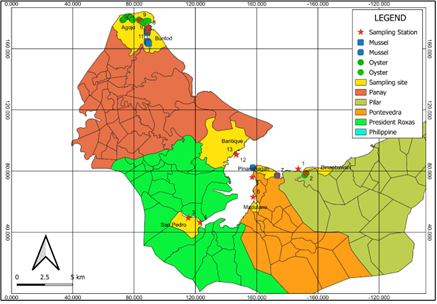
Published
Issue
Section
License
Copyright (c) 2025 Stephanie S. Pimentel, Efren L. Linan, Raesa Mae Matias

This work is licensed under a Creative Commons Attribution-NonCommercial-ShareAlike 4.0 International License.
Authors of articles published in Marine and Fishery Sciences retain copyright on their articles, except for any third-party images and other materials added by Marine and Fishery Sciences, which are subject to copyright of their respective owners. Authors are therefore free to disseminate and re-publish their articles, subject to any requirements of third-party copyright owners and subject to the original publication being fully cited. Visitors may also download and forward articles subject to the citation requirements. The ability to copy, download, forward or otherwise distribute any materials is always subject to any copyright notices displayed. Copyright notices must be displayed prominently and may not be obliterated, deleted or hidden, totally or partially.
This journal offers authors an Open Access policy. Users are allowed to read, download, copy, distribute, print, search, or link to the full texts of the articles, or use them for any other legal purpose within the Creative Commons 4.0 license (BY-NC-SA), without asking prior permission from the publisher or the author. This is in accordance with the BOAI definition of Open Access.











